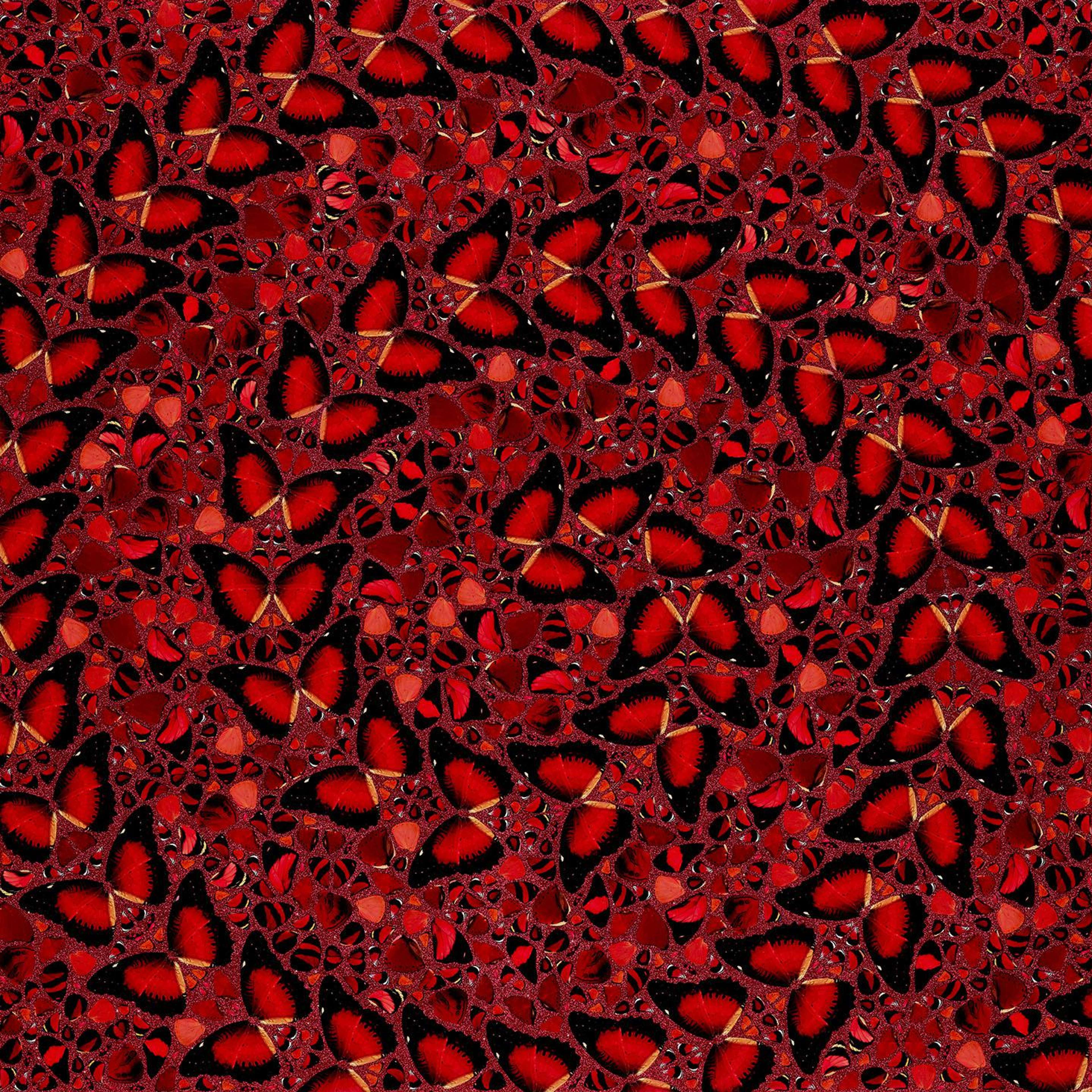 Image © Christie's / Everydays: The First 5000 Days © Beeple 2001
Image © Christie's / Everydays: The First 5000 Days © Beeple 2001Market Reports
With high-profile sales of NFT artwork making waves around the globe, it's clear that this emerging technology has the potential to revolutionise the art market as we know it. In recent years, the art investment market has seen a surge in the use of Non-Fungible Tokens (NFTs), offering a digital alternative to traditional art ownership. In this article, we’ll take a closer look into the NFT marketplace, and how it is changing the landscape of art investing.
The Rise of NFTs in the Art Investment Market
The rise of NFTs signal a significant shift in views of value and ownership in the digital age. While the first ever NFT was created in 2014, growing interest and popularity of the NFT marketplace has only become evident more recently. In 2021, a new digital artwork by Beeple entitled Everydays: The First 5000 Days, sold for over $63million. That’s an astounding increase from 2014’s first NFT sale of $1.4million. Even though their long-term impact is yet to be understood, there is no denying the excitement and growing development of NFTs in the global art market.
What are NFTs and How Do They Work?
Non-Fungible Tokens (NFTs) are digital assets that use blockchain technology to verify their ownership and authenticity. The blockchain itself is a decentralised ledger recording transactions across a network of computers. When an NFT is created, the information about the content, or in this case artwork, is stored on the blockchain, along with the creator's information and a unique identifier that verifies the NFT's ownership.
NFTs are bought and sold in marketplaces that allow buyers to bid on and purchase the digital assets. When an NFT is sold, the blockchain records the transaction, including the price paid, and transfers ownership of the NFT to the buyer. This process creates a transparent and secure system for buying and selling digital content, allowing artists and digital creators to monetise their work and collectors to own one-of-a-kind digital assets.
The Potential Benefits and Risks of Investing in NFTS
NFTs have taken the art world and market by storm, presenting both potential benefits and risks for investors. One major benefit of investing in NFTs is the opportunity to own unique artworks that have the potential to appreciate in value over time. The nature of NFTs ensures that there is a limited supply of each digital asset, making them highly sought-after by collectors. While there are questions surrounding transparency in the art market, the transparency and security of the blockchain technology used to verify NFT ownership provides collectors with a level of confidence that has historically been difficult to achieve in the art market.
NFT valuations can be volatile, with prices rapidly increasing and decreasing depending on market demand. There is also a risk of fraud and scams in the NFT market, with some buyers purchasing counterfeit NFTs that are not actually unique or authentic. Additionally, the lack of regulation in the NFT market means that investors must be particularly vigilant and do their due diligence before investing in NFT art.
How NFTs Could Impact Art Investing
Accessibility
Arguably, the most apparent theme in the NFT marketplace is access. Increasing accessibility not only benefits collectors, but also the artists who made them. Blockchain technology is propagating new revenue streams for digital creators, allowing for some levelling of the playing field against more recognisable, commercially successful artists.
CollecTech
A shift to an online marketplace offers new opportunities for traditional galleries and auction houses to participate in the NFT art market. Not only through collaborations and partnerships, but by integrating ArtTech products and platforms to keep up with interest and demand by the investors. Collectors may expect an increase in online memberships, community platforms, or digital resources that keep them up to date on real-time changes in the market.
NFT Marketplace Trends: What to Watch For
Democratisation
Disruption is to be expected the new normal of non-fungible tokens with, profitability high on the list according to Morgan Stanley. While galleries may take part in participating in the NFT market, the market itself removes the need for a ‘middleman’ when it comes to delivering payment to the artist. Opportunities to receive royalties offer a distinct advantage for the artist that hasn’t been regularly practised or considered before.
Collector-first Approach
Nasdaq expects NFT trends to include popular brands incorporating NFTs as part of their engagement strategy through methods like reward programs, signalling the role collectors play in the NFT art market. Because traditional fine art retailers may become involved in this new landscape, investors may find themselves in the position of having more investment options to choose from like a mix of physical and digital, a concept explored with Damien Hirst’s The Currency.
Potential Decline
According to The Art Market 2023 report by ArtBasel and UBS, after a successful two years in the art market, art NFT sales significantly declined from a 24% makeup of the overall NFT market to 8% in 2022.
The Future of NFTs in the Art Market
If art should reflect the times we live in, NFTs are doing a good job representing their place in the market and hinting at where it’s headed. While the future of any market is uncertain, popular artists developing new NFT collections point to a good sign. Investors, artists, brands, and institutions will all be playing a role in the shape and development of digital art and the platforms that support it in the future.










